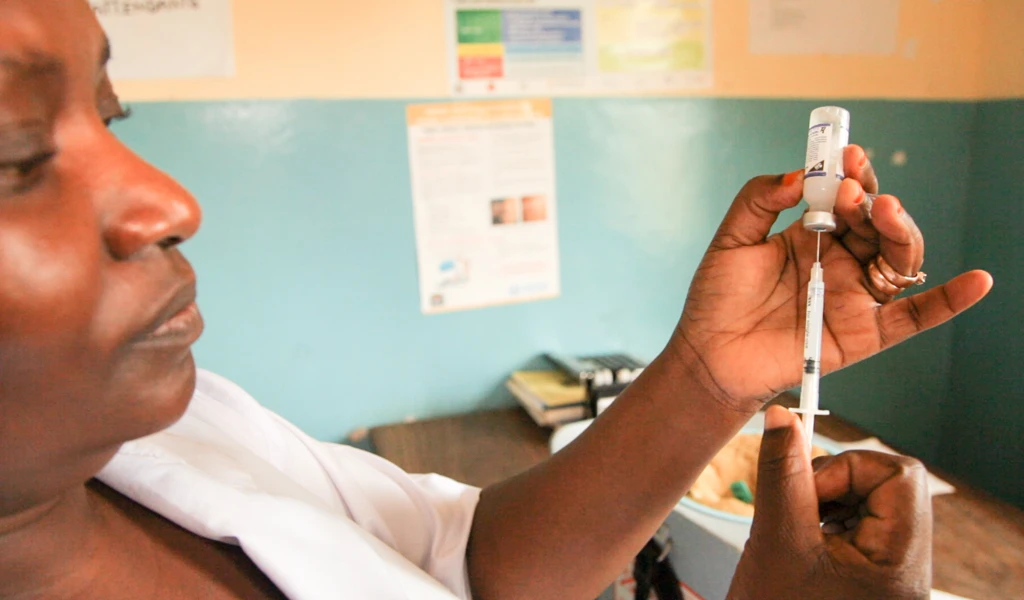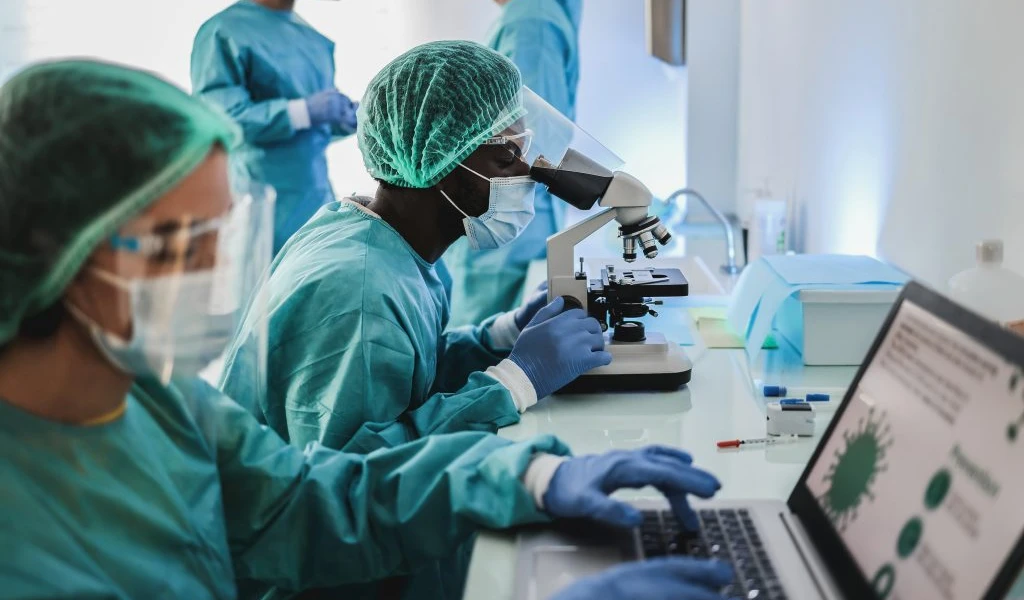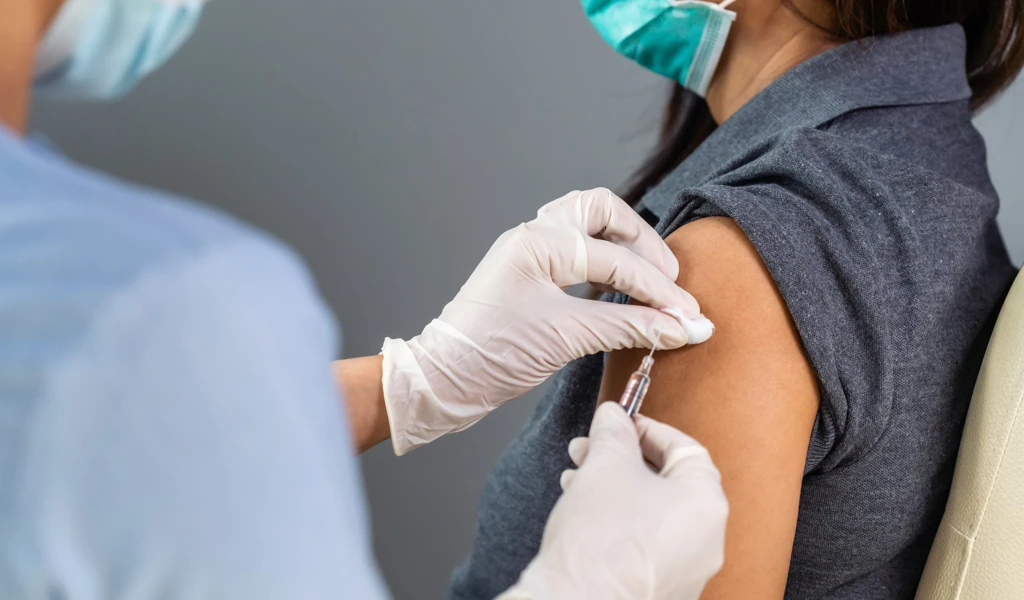CureVac and CEPI extend their Cooperation to Develop a Vaccine against Coronavirus nCoV-2019
CEPI funds CureVac's development of a vaccine against coronavirus nCoV-2019
Aim of the partnering agreement is to rapidly advance a vaccine candidate into clinical testing
TÜBINGEN, Germany/ BOSTON, USA / OSLO, Norway January 31, 2020 — CureVac AG, a clinical stage biopharmaceutical company pioneering the field of mRNA-based drugs, and the Coalition for Epidemic Preparedness Innovations (CEPI), a public-private partnership set up to accelerate development of vaccines against emerging infectious diseases, today announced a collaboration to develop a vaccine against the new coronavirus nCoV-2019. The aim of the cooperation is to safely advance vaccine candidates into clinical testing as quickly as possible. The agreement will build on the existing partnership between CureVac and CEPI to develop a rapid-response vaccine platform and includes additional initial funding of up to $8.3 million by CEPI for accelerated vaccine development, manufacturing and clinical tests.
CureVac's technology and mRNA platform are especially suitable to rapidly provide a response to a viral outbreak situation like this. Thanks to the funding by CEPI, we will be able to support the fight against this health emergency in an expedited manner. Currently, we are in the process of developing a vaccine that, after successful preclinical tests, could be tested rapidly in humans in a clinical study.
In view of the rapid spread of the coronavirus, CEPI has moved quickly to expand our collaboration with CureVac, so that we can apply their mRNA vaccine development platform to this disease. Our aspiration is to bring the pathogen's gene sequence to a vaccine candidate for clinical testing within a few months – which is significantly shorter than where we are now. This is an extremely ambitious timeline and even if we are successful–and there can be no guarantee–there will be further challenges to navigate before we can make vaccines widely available.
In addition, CureVac is working on the development of The RNA Printer™. This is a mobile, automated production unit for rapid mRNA supply. In February, 2019, CEPI agreed to provide up to $34 million in support of this technology. This innovative platform will provide a rapid supply of lipid-nanoparticle (LNP)-formulated mRNA vaccine candidates that can target known pathogens (including Lassa Fever, Yellow Fever, and Rabies) and prepare for rapid response to new and previously unknown pathogens.
The Federal Ministry of Education and Research (BMBF) is one of the founding members of the Coalition for Epidemic Preparedness Innovations and has committed a total of 90 million euro to its work. CEPI brings together a range of diverse stakeholders to develop much-needed vaccines for the prevention of future pandemics.
The Coronavirus is currently the source of concern for many people. The development of a vaccine is an extremely important element in the effort to combat this viral infection. It is encouraging to see that this process now has the support of the international CEPI alliance, which is also making use of German research and development expertise. I hope that good results can soon be achieved for which so many people are waiting at this time.
About CureVac's platform
CureVac's platform aims to optimize the properties of mRNA therapeutics and vaccines. The technology can be tailored to induce varying degrees of immune responses against antigens of choice, potentially providing potent prophylactic vaccines for the prevention of infectious diseases, such as rabies, as well as immunotherapies for the treatment of cancer. The technology can also be adapted to avoid such immune activation for purposes of molecular therapies, thereby providing potential new therapeutic modalities for patients suffering from rare diseases.
About the novel coronavirus
Coronaviruses are a family of viruses that can lead to respiratory illness, including Middle East Respiratory Syndrome (MERS-CoV) and Severe Acute Respiratory Syndrome (SARS-CoV). Coronaviruses are transmitted between animals and people and can evolve into strains not previously identified in humans. On January 7, 2020, a novel coronavirus (2019-nCoV) was identified as the cause of pneumonia cases in Wuhan City, Hubei Province of China, and additional cases have since then been found in a growing number of countries worldwide.
CEPI's work on the novel coronavirus, nCoV-2019
The rapid global spread and unique epidemiological characteristics of the novel coronavirus is deeply concerning. CEPI has moved with great urgency and in coordination with WHO, who is leading the development of a coordinated international response. We have initiated several partnerships to improve our understanding and to develop vaccines against the novel coronavirus. The programmes will leverage rapid response platforms already supported by CEPI as well as new partnerships. The aim is to advance nCoV-2019 vaccine candidates into clinical testing as quickly as possible.
Follow our news page for the latest updates.
About CureVac AG
CureVac is a leading clinical stage biotechnology company in the field of messenger RNA (mRNA) technology with 20 years of expertise in developing and optimizing this versatile molecule for medical purposes. The principle of CureVac's proprietary technology is the use of mRNA as a data carrier to instruct the human body to produce its own proteins capable of fighting a wide range of diseases. The company applies its technologies for the development of cancer therapies, antibody therapies, the treatment of rare diseases, and prophylactic vaccines. CureVac has received significant investments, amongst others from dievini Hopp BioTech holding and the Bill & Melinda Gates Foundation. CureVac has also entered into collaborations with multinational corporations and organizations, including Boehringer Ingelheim, Eli Lilly & Co, Genmab, CRISPR Therapeutics, the Bill & Melinda Gates Foundation, and others. CureVac is headquartered in Tübingen, Germany with sites in Frankfurt and Boston, USA.
For more information, please visit www.curevac.com or follow us on Twitter at @CureVacAG.
About CEPI
CEPI is an innovative partnership between public, private, philanthropic, and civil organisations, launched at Davos in 2017, to develop vaccines to stop future epidemics. CEPI has reached over US$750 million of its $1 billion funding target. CEPI's priority diseases include Ebola virus, Lassa virus, Middle East Respiratory Syndrome coronavirus, Nipah virus, Rift Valley Fever and Chikungunya virus. CEPI also invests in platform technologies that can be used for rapid vaccine and immunoprophylactic development against unknown pathogens (ie, Disease X). To date, CEPI has committed to investing over $475 million in vaccine and platform development.
Learn more at www.cepi.net. Follow us at @CEPIvaccines.
CureVac Media Contact
Thorsten Schüller, Corporate Communications
CureVac AG, Tübingen, Germany
T: +49 7071 9883-1577
[email protected]
CEPI Media Contacts
Rachel Grant, Director of Communications and Advocacy, CEPI
Tel: +44(0)7891249190
Email: [email protected]
Mario Christodoulou, Communications and Advocacy Manager, CEPI
Tel: +44 (0) 7979300222
Email: [email protected]
Jodie Rogers, Communications Officer, CEPI
Tel: +44(0)79 793 57 459
Email:[email protected]
Federal Ministry of Education and Research Media Contacts
Svenja Jambo, Spokeswoman
Tel: +49 30 18 57-5943
Email: [email protected]
HERO IMAGE
Caption: This illustration, created at the Centers for Disease Control and Prevention (CDC), reveals ultrastructural morphology exhibited by the 2019 Novel Coronavirus (2019-nCoV). Note the spikes that adorn the outer surface of the virus, which impart the look of a corona surrounding the virion, when viewed electron microscopically. This virus was identified as the cause of an outbreak of respiratory illness first detected in Wuhan, China.
Credit: Alissa Eckert, MS; Dan Higgins, MAM


